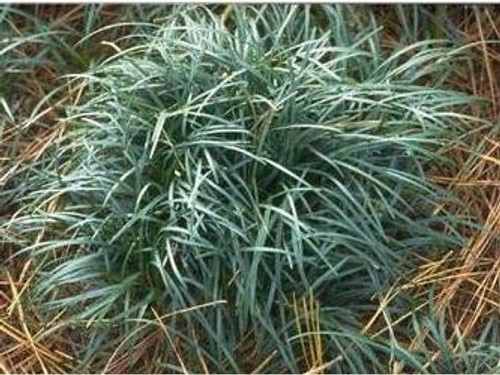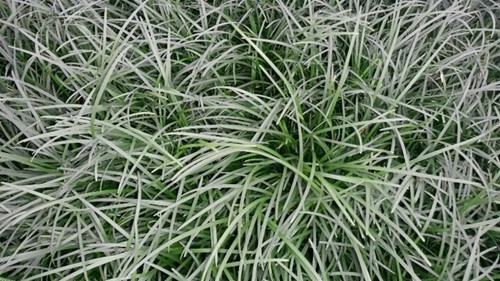Product Description
Astilbe x arendsii 'Rheinland' Bare Root Plants
Common Name: False Spirea
- Height: 18-24 Inches
- Spread: 18-24 Inches
- Hardiness Zone: 4-9
- Part Shade to Shade
- Deciduous
- Blooms pink - Early Summer
- Foliage green
- Effective as a shade ground cover in large groups
- Consistent moisture required
Astilbe arendsii 'Rheinland' foliage is rich green and blooms are pink on upright plumes early Summer. Requires consistent moisture and prefers rich, well drained soil. Best to cut Astilbe back in the early Spring. Use for mass planting, borders, woodland and shade gardens. Mature height 18"-24", spread 18"-24".
Astilbes are long-lived perennials that are most comfortable when grown in rich soil and light shade to filtered sun. They will grow in full shade, but will not bloom as prolifically there.
Though they are easy to grow, Astilbes have one critical requirement--lots of water. Plants must have consistently moist soil; dryness leads to a quick demise, especially in sun. Increase watering as the foliage emerges and the plumes mature. If the soil dries out, the leaves will develop brown, crispy margins and will begin to drop.
Fertilize Astilbes in late spring before flowering starts. Wait to cut back the old foliage until spring; it will help protect the plant from winter damage. In the spring, if the crown has risen above soil level, gently press it back into the ground and apply some organic matter around the plant. Plants should be divided in early spring every 3-4 years to maintain vigor.
Astilbe x arendsii 'Rheinland' is a popular and beloved perennial that graces shade gardens with its feathery plumes and graceful foliage. Here is a closer look at this charming plant:
Appearance:
- Flowers: 'Rheinland' is admired for its showy plumes of soft pink flowers that rise above the foliage in early summer. The flowers have a delicate, feathery texture and create a beautiful, airy display.
- Foliage: The plant features dark green, fern-like foliage that forms a dense mound. The leaves are deeply divided and provide an attractive backdrop for the pink flower plumes.
Growth Habit:
- 'Rheinland' typically grows to about 18-24 inches tall and wide, forming a compact and mounding clump. It has an upright growth habit with the flower plumes rising above the foliage.
Growing Conditions:
- Sunlight: This Astilbe thrives in partial to full shade. It prefers a location with dappled sunlight or shade for most of the day.
- Soil: 'Rheinland' prefers moist, well-drained soil that is rich in organic matter. It can tolerate some dryness once established, but it is important to keep the soil consistently moist, especially during its first year.
- Hardiness: It is generally hardy in USDA Zones 4-9, making it suitable for a wide range of climates.
Special Features:
- Showy Flowers: The feathery pink plumes of 'Rheinland' are its most striking feature, adding a touch of elegance and color to the shade garden.
- Attracts Pollinators: The flowers attract butterflies and other beneficial pollinators.
- Deer and Rabbit Resistant: Astilbes are generally not a favorite of deer or rabbits, making 'Rheinland' a good choice for gardens where these animals are a problem.
- Low Maintenance: Once established, 'Rheinland' is a relatively low-maintenance plant, requiring minimal care.
Uses in the Garden:
- Shade Gardens: 'Rheinland' is a perfect choice for shade gardens, where it can thrive in the dappled shade and moist soil.
- Borders: It can be used to add texture and interest to shaded borders, where its unique foliage and flower plumes will stand out.
- Woodland Gardens: It is a natural fit for woodland gardens, creating a beautiful display among other shade-loving plants.
- Water Gardens: 'Rheinland' can also be grown near ponds or streams, where it can tolerate the moist soil conditions.
Tips for Growing Astilbe x arendsii 'Rheinland':
- Planting: Plant in spring or fall in a shaded location with moist, well-drained soil. Amend the soil with compost or other organic matter to improve its fertility and drainage.
- Watering: Keep the soil consistently moist, especially during the first year. Once established, it can tolerate some dryness, but it is best to water it regularly during dry spells.
- Fertilizing: Apply a balanced fertilizer in spring as new growth begins.
- Mulching: Apply a layer of mulch around the plants to retain moisture, suppress weeds, and protect the roots from temperature fluctuations.
- Deadheading: Remove spent flower plumes to encourage more blooms and keep the plant looking tidy.
- Dividing: Divide clumps every 3-4 years in spring or fall to rejuvenate plants and prevent overcrowding.
Overall, Astilbe x arendsii 'Rheinland' is a beautiful and easy-to-grow perennial that will add a touch of elegance and color to your shade garden. Its showy flowers, attractive foliage, and low maintenance requirements make it a valuable addition to any landscape.
Other Details
The most important part of the plant is its root system. Healthy roots are the foundation of a healthy, vibrant plant. The type of plug container used is based on the specific needs of the plants. Perennials offered as bare root traditionally perform better when planted as bare root.Planted in a specialized mix, potted plants have well established root systems. Top growth stage will vary depending on the current life cycle and time of year when shipped. In Winter and early Spring dormant plants may be shipped. Dormant plants may be planted right away, even before the last frost date.
Most bare root varieties are field grown for at least one season, though Hemerocallis and Hosta are grown for two seasons. The bulk of the soil is removed during the harvesting process and the tops of most varieties are trimmed back to the crown. They are graded, packed in shredded aspen or sphagnum moss and stored in freezers until ready to be shipped.
See our Container Sizes and Bare Root Perennials pages for more information.
Plant information and care is provided in the Overview section, Plant Genus Page and general information is provided in the Planting Care & Guides. Additional questions can be asked on each Plant page.
Plant Spacing: Using the maximum mature spread or width of a plant to guide spacing, ensures space to grow to full size. To fill an area sooner, plant them closer together. Just remember, future thinning or transplanting may be needed.
Water: Keep a close eye on newly planted perennials, especially throughout the first growing year. Most early plant loss is due to too much or too little water!

















